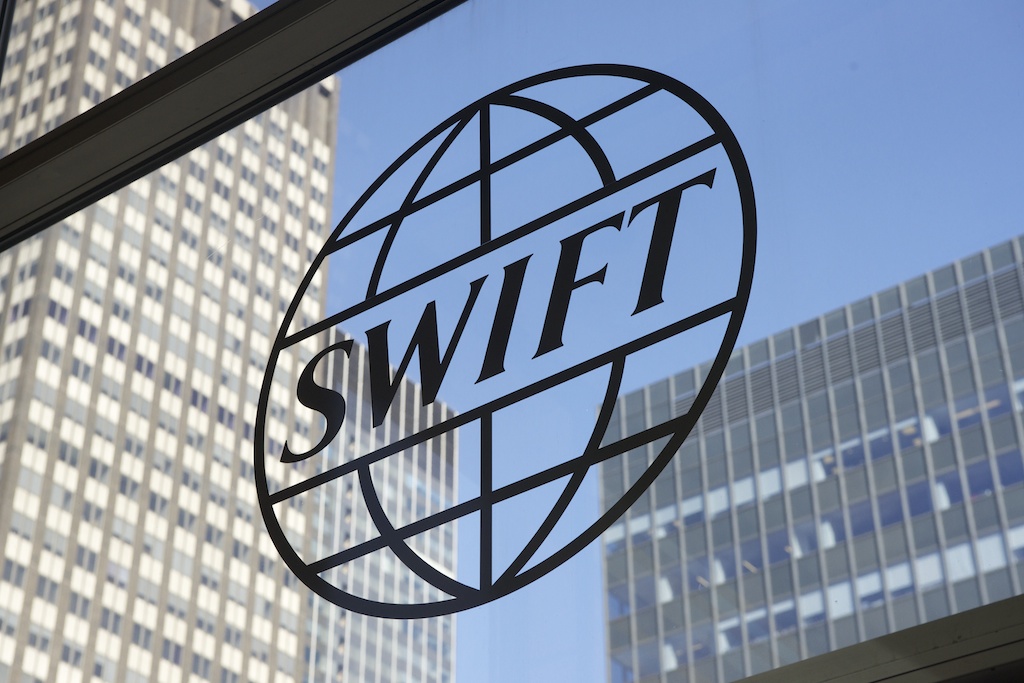The annual Federal Reserve Jackson Hole conference is approaching.
On August 22-24, many of the world’s leading central bankers, policymakers, economists, and financial market participants will gather to discuss economic issues, with a focus on monetary policy.
Everyone will be focused on Fed Chair Jerome Powell’s keynote address for clues on potential interest rate cuts, with Markets pricing in an 83% chance of a September reduction.
Rate cuts could have a significant effect on the crypto markets as it reduces borrowing costs, encouraging people to invest in riskier assets such as crypto.
There is less covered narrative that could also rally the markets, which is the Fed’s evolving embrace of cryptocurrency, particularly decentralized finance (DeFi), stablecoins, and tokenized real-world assets (RWAs).
Sparked by Federal Reserve Governor Christopher Waller’s remarks at the Wyoming Blockchain Symposium on August 20, 2025, this shift could redefine the U.S. payment system and bolster the dollar’s global dominance through blockchain technology.
Here’s why this matters for crypto investors, policymakers, and the future of finance.
Waller’s Vision: Stablecoins as Dollar Extenders
In his aforementioned keynote, Waller declared, “There is nothing scary about DeFi simply because it operates outside traditional banking.”
He referred to stablecoins, digital assets pegged to fiat currencies like the U.S. dollar, as a “driver of the fintech revolution” capable of modernizing retail and cross-border payments.
Stablecoins like Tether’s USDT and Circle’s USDC already process billions in transactions daily.
Waller’s call for collaboration between the public and private, including Fed research into tokenization and smart contracts, suggests a future where blockchain enhances, rather than disrupts, the dollar’s dominance.
Already, the GENIUS Act (July 2025) requires a 1:1 fiat reserve in US dollars or treasuries with Stablecoins.
As world adoption of stablecoins increase, the strength of the US dollar will increase as well.
The continued growth of tokenized real-world assets, combined with Fed research into tokenization, could integrate these assets into the U.S. financial infrastructure, ensuring dollar-denominated assets dominate blockchain markets.
 Christopher J. Waller referred to Stablecoins as “A driver of the fintech revolution,” capable of modernizing retail and cross-border payments.
Christopher J. Waller referred to Stablecoins as “A driver of the fintech revolution,” capable of modernizing retail and cross-border payments.
Jackson Hole: Will Powell Echo the Crypto Call?
Powell’s speech on August 22 could amplify or temper Waller’s vision.
A dovish tone, hinting at rate cuts to ease liquidity, might accelerate crypto adoption by encouraging institutional investment in DeFi protocols.
Conversely, a hawkish Powell, wary of rising inflation, could signal caution, potentially stalling DeFi and RWA growth.
It is unlikely that Powell will focus specifically on Crypto as Waller did, but he may echo the vision that blockchain enhances the dollar’s strength, especially in the context of Stablecoins or payment systems.
Cefi Vs Defi: A Tale of Two Rails
Waller’s remarks highlight a nuanced dynamic: DeFi’s decentralized protocols versus centralized finance (CeFi) platforms like Coinbase.
While CeFi tokens like OKB surged 49% this week, DeFi platforms offer programmable, transparent alternatives that could align with the Fed’s push for innovation.
For example, MakerDAO’s DAI stablecoin, backed by over-collateralized crypto, enables instant lending without intermediaries, a model Waller praised for efficiency.
If Powell endorses similar innovations, DeFi tokens could outperform CeFi, especially as BlackRock and other institutions add Ethereum to their treasuries.

Read More
DAI vs. USDT/USDC: How MakerDAO’s Decentralized Stablecoin Stands Out in DeFiTokenized RWAs: The Next Frontier
Waller’s recognition of tokenized real-world assets (RWAs) such as real estate, bonds, and commodities highlights a growing segment of the blockchain market.
Platforms like Ondo Finance and Chainlink are helping to bridge the gap between traditional finance (TradFi) and decentralized finance (DeFi), creating 24/7 markets with the potential for instant settlement.
The Federal Reserve’s research into tokenization suggests a willingness to explore how these assets could be integrated into banking infrastructure, a move that could unlock trillions of dollars in currently illiquid assets for retail investors.
What to Watch at Jackson Hole
Investors should monitor Powell’s tone for hints of:
Rate Cut Signals: Dovish comments could boost DeFi and stablecoin adoption. Crypto Policy Clarity: Endorsement of Waller’s views might catalyze partnerships with issuers like Circle. Inflation Stance: Hawkish warnings could trigger short-term crypto sell-offs.Conclusion: A New Financial Paradigm?
The Fed’s warming to crypto, as voiced by Waller and potentially echoed by Powell, marks a pivotal moment. By embracing stablecoins and DeFi, the Fed could spearhead a payments revolution, blending blockchain’s speed with the dollar’s stability.
Sign up for our twice-weekly email promos and bonuses.
Email addressSign up
Thanks for signing up!
Welcome to our community! Keep an eye out for our mailer twice a week, packed with the latest promotions, top bonuses, and special offers!
Read More
Introduction to BetFi: Bridging DeFi and Crypto Gambling What is DeFi in 2025? A Beginner’s Guide to Earning, Borrowing, and Trading Without BanksThe post Federal Reserve’s Crypto Embrace: Stablecoins and DeFi at Jackson Hole 2025 appeared first on BitcoinChaser.


 1 week ago
3
1 week ago
3 










 Bengali (Bangladesh) ·
Bengali (Bangladesh) ·  English (United States) ·
English (United States) ·